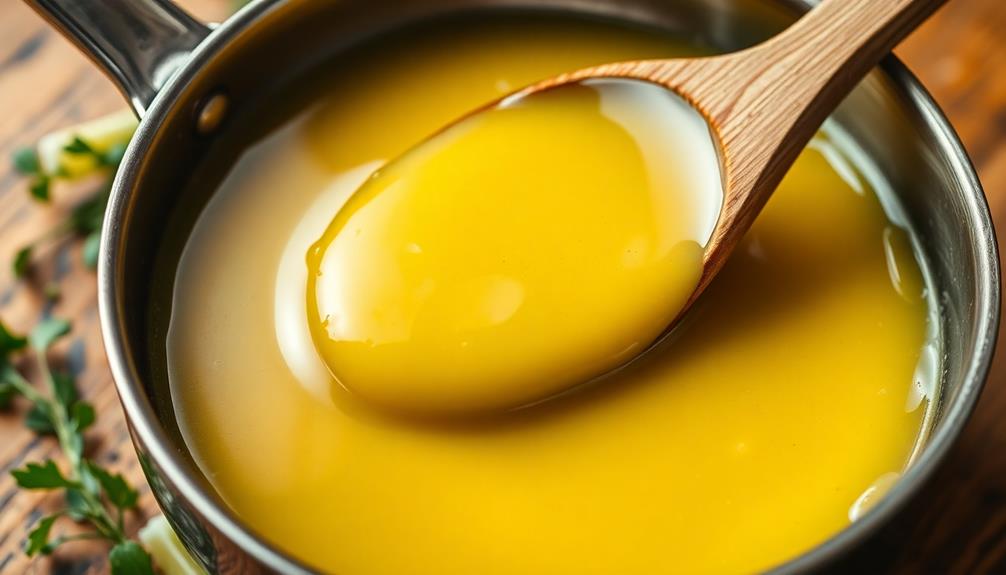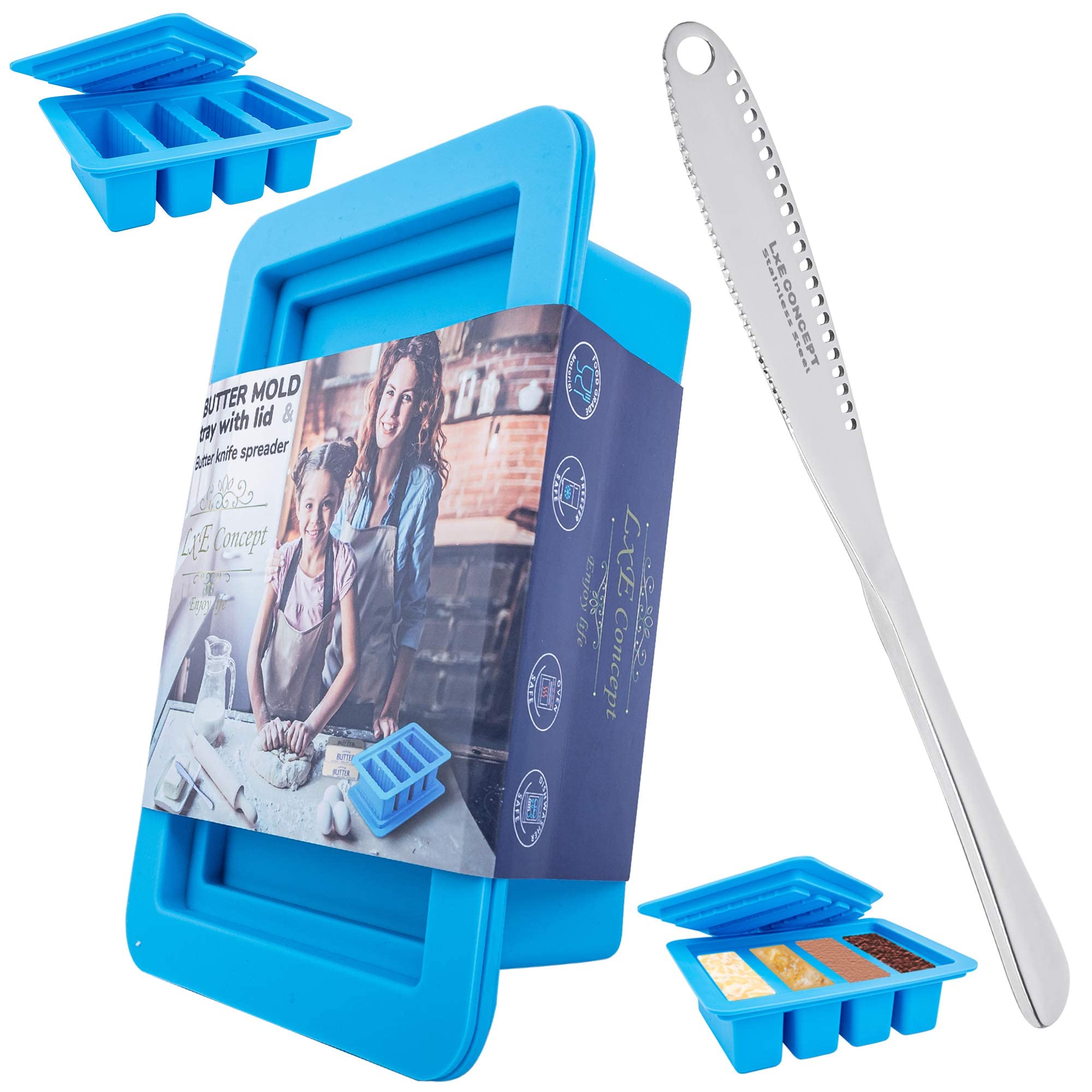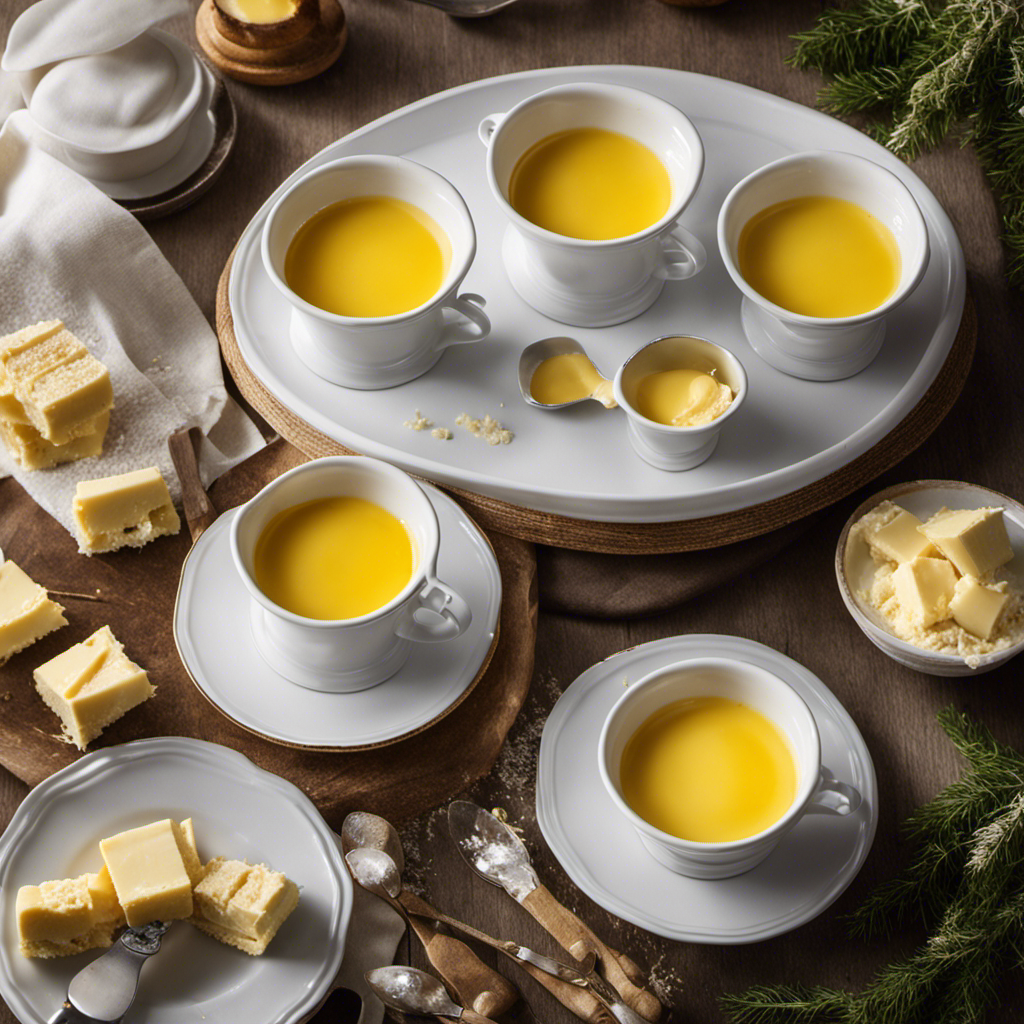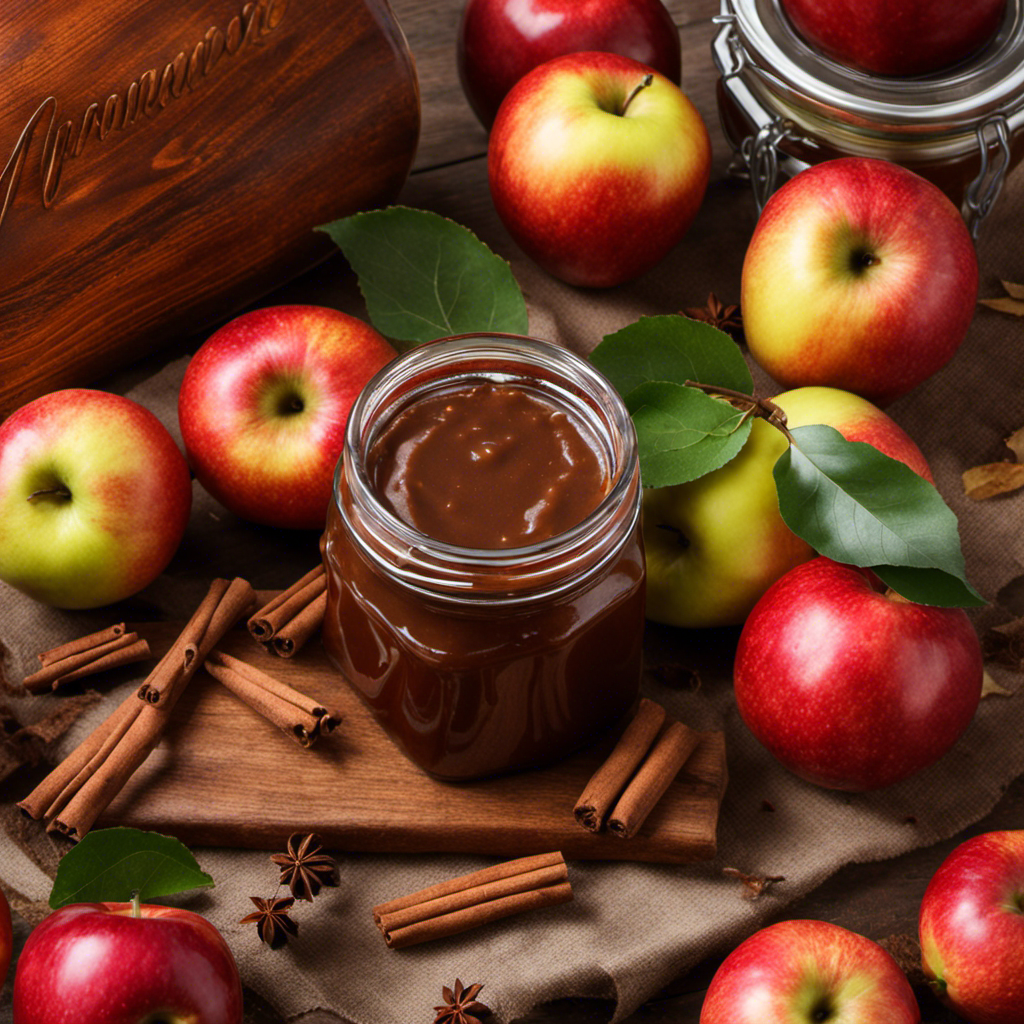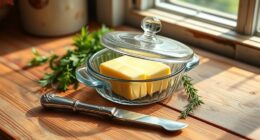Creating the perfect butter sauce base starts with using high-quality, unsalted butter to guarantee rich flavor. Melt it slowly over low heat, then add fresh aromatics like garlic or shallots for depth. Incorporate an acidic agent such as lemon juice or white wine to balance the sauce's richness. Whisk vigorously to achieve a smooth texture and prevent separation. Taste as you go, adjusting seasonings to enhance flavors without overpowering. With these techniques, your butter sauce will elevate any dish. There's plenty more to explore about unique variations and tips to perfect your culinary creations.
Key Takeaways
- Use high-quality, unsalted butter with at least 82% fat content for a rich and creamy sauce base.
- Incorporate fresh herbs, garlic, or shallots to enhance the flavor profile and aroma of the butter sauce.
- Gradually add acidic agents like lemon juice or white wine to balance the richness and brighten the overall taste.
- Monitor cooking temperature closely to prevent burning and maintain a smooth, velvety texture throughout the process.
- Taste frequently and adjust seasoning to achieve a harmonious flavor profile that complements your main dish.
Understanding Butter Sauce Types
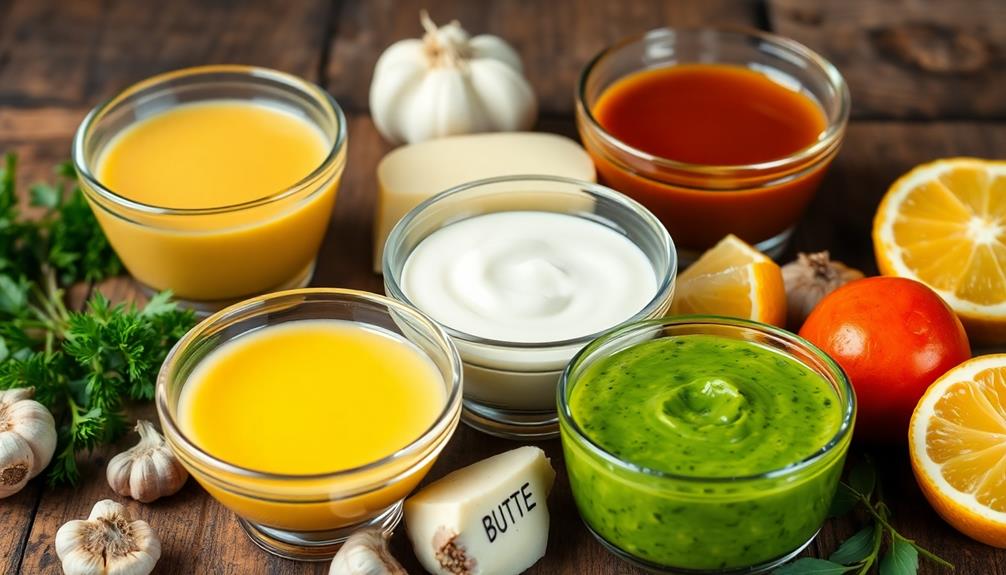
When it comes to butter sauces, understanding the different types can elevate your culinary skills. Each type of butter sauce has its unique flavor profile and application, making it essential for you to know how to use them effectively.
Butter is versatile and enhances the flavor of sauces, making it a key ingredient in many culinary creations, especially when paired with savory dishes like fish or roasted meats butter enhances flavor.
First up is the classic beurre blanc, a creamy, tangy sauce made from butter, white wine, and shallots. It's perfect for drizzling over fish or vegetables.
Then there's beurre noisette, or brown butter, which gets its nutty flavor from cooking the butter until it turns a golden brown. This sauce adds depth to pasta and enhances roasted meats.
Another popular option is beurre maître d'hôtel, a compound butter mixed with herbs, lemon juice, and seasoning. You can easily slice it and let it melt over grilled steaks or sautéed vegetables.
Essential Ingredients for Butter Sauce
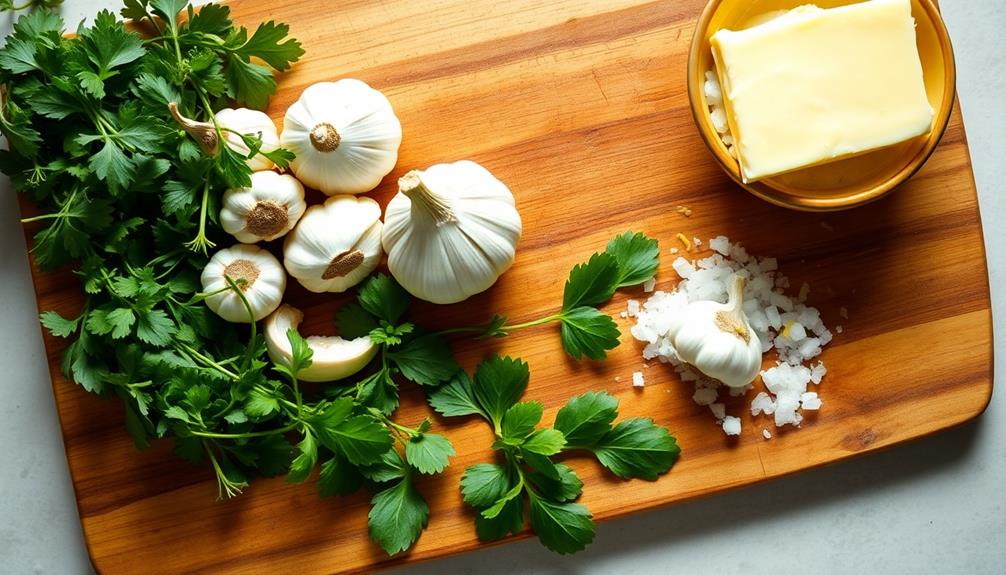
To create a delicious butter sauce, you need to focus on a few key ingredients.
Start with quality butter, as it forms the foundation of your sauce and provides essential fatty acids and fat-soluble vitamins butter's nutritional benefits.
Then, think about adding aromatic enhancements and acidic balancing agents to elevate the flavor profile.
Quality of Butter
Choosing the right quality of butter can make or break your butter sauce. When you're selecting butter, go for high-fat content options, ideally around 82% fat. This higher fat percentage guarantees a creamier texture and richer flavor, which elevates your sauce considerably.
Additionally, butter is a source of vitamins A, D, E, and K, making it a nutritious choice for your culinary creations. Look for unsalted butter, as this gives you better control over the seasoning of your sauce. Salted butter can lead to an overly salty sauce that masks the delicate flavors you're aiming for.
Additionally, choose butter that's made from fresh cream and has minimal additives. This guarantees a clean taste and a smooth consistency. If you can, opt for European-style butter. It's churned longer, which gives it a unique richness and depth that can enhance your sauce.
Brands that prioritize quality often have a more vibrant flavor profile, making your sauce stand out. Don't overlook the importance of freshness, as optimal storage temperature for butter plays an essential role in maintaining its quality.
Butter that's nearing its expiration date can have off-flavors that will compromise your dish. Always check the packaging for the best quality, and when in doubt, invest a little more for superior butter. The right choice will pay off in the final flavor of your butter sauce.
Aromatic Enhancements
A butter sauce's flavor profile can be dramatically enhanced by the right aromatic ingredients. You want to contemplate herbs, spices, and other flavor boosters that can elevate your sauce from simple to spectacular. Think about fresh herbs like thyme, parsley, or basil; they add vibrant notes that complement the richness of butter.
Don't underestimate garlic. When sautéed gently, it infuses your sauce with an irresistible aroma and depth. Shallots are another great choice—they offer a subtle sweetness and complexity that can transform your dish.
For a touch of warmth, contemplate adding a pinch of nutmeg or even red pepper flakes. These spices can introduce a gentle heat that balances the sauce beautifully.
You can also experiment with aromatics like lemon zest or finely grated ginger, which bring brightness and freshness. Infusing your butter with these ingredients while it melts allows their flavors to meld seamlessly.
Ultimately, don't be afraid to get creative. The right aromatic enhancements can turn a basic butter sauce into a memorable component of your meal.
Remember to taste as you go, adjusting the balance to suit your preferences. Happy cooking!
Acidic Balancing Agents
While enhancing your butter sauce with aromatics adds depth, balancing that richness with acidity is key to achieving a harmonious flavor profile. Acidic balancing agents, like lemon juice, vinegar, or white wine, cut through the richness of butter, preventing it from overwhelming your dish.
When you add a splash of citrus juice, you're not just brightening the sauce; you're elevating every ingredient's flavor. Lemon juice, for instance, offers a fresh, zesty kick that pairs beautifully with seafood or vegetables.
On the other hand, a dash of red wine vinegar introduces a slightly sweet tang that complements richer meats and hearty pastas.
Don't be afraid to experiment. Start with a small amount, taste as you go, and adjust until you find that perfect balance. You might also consider using citrus zest alongside juice for an added depth of flavor.
Techniques for Perfecting the Base
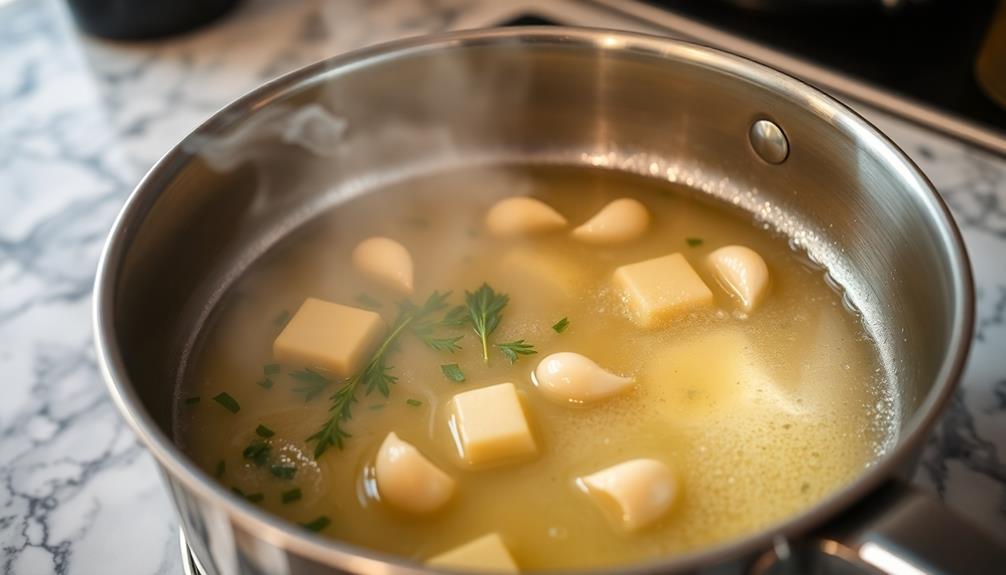
To perfect your butter sauce base, you need to focus on a few key techniques.
Start by choosing quality ingredients, as they'll make a noticeable difference in flavor.
Then, pay attention to temperature control, timing, and whisking techniques to guarantee a smooth and rich sauce.
Choosing Quality Ingredients
Choosing the right ingredients is essential for crafting a delicious butter sauce base. Start with high-quality butter; it's the star of your sauce. Look for unsalted butter, as it allows you to control the seasoning better. Opt for European-style butter if you want a richer flavor and creamier texture.
Next, select fresh herbs. Parsley, thyme, or chives can elevate your sauce, adding vibrant flavors. Always use fresh herbs instead of dried ones for maximum impact.
When it comes to aromatics, shallots and garlic are perfect additions. They impart a subtle sweetness and depth, enhancing your sauce's complexity.
Don't forget about acid! A splash of lemon juice or white wine will brighten your sauce and balance the richness of the butter. If you're feeling adventurous, consider adding a hint of Dijon mustard or capers for an extra layer of flavor.
Lastly, pay attention to any additional ingredients, such as cheese or cream. Choose high-quality options, as inferior ingredients can compromise your sauce.
Proper Temperature Control
Mastering proper temperature control is essential for perfecting your butter sauce base. If you want your sauce to achieve that rich, velvety texture without separation or burning, you need to pay attention to the heat.
Here are three key points to keep in mind:
- Start Low: Begin by melting your butter over low heat. This allows the butter to soften and separate its milk solids gently without browning or burning.
- Increase Gradually: Once melted, you can gradually increase the heat to medium. This stage is vital for developing flavors while ensuring the sauce doesn't cook too quickly, which could lead to undesirable textures.
- Monitor Closely: Keep a close eye on the temperature throughout the cooking process. If you notice any bubbling or foaming, it's a sign that the heat is too high. Lower the heat immediately to maintain a smooth consistency.
Timing and Whisking Techniques
When creating a butter sauce base, timing and whisking techniques are critical for achieving the perfect consistency and flavor. Start by melting your butter slowly over medium heat. This guarantees it doesn't brown prematurely.
Once it's melted, you can begin adding your other ingredients, like shallots or garlic. Timing is key here; you want to let them cook just long enough to soften but not burn.
As you incorporate your ingredients, whisk vigorously. Using a whisk instead of a spoon allows you to incorporate air, creating a lighter, more emulsified sauce.
Keep whisking as you gradually add any liquids, like stock or wine. This helps to prevent separation and guarantees a smooth texture.
Pay attention to the sauce's consistency; if it starts to thicken too much, you can add a little warm water or stock to loosen it up.
Balancing Flavors and Acidity
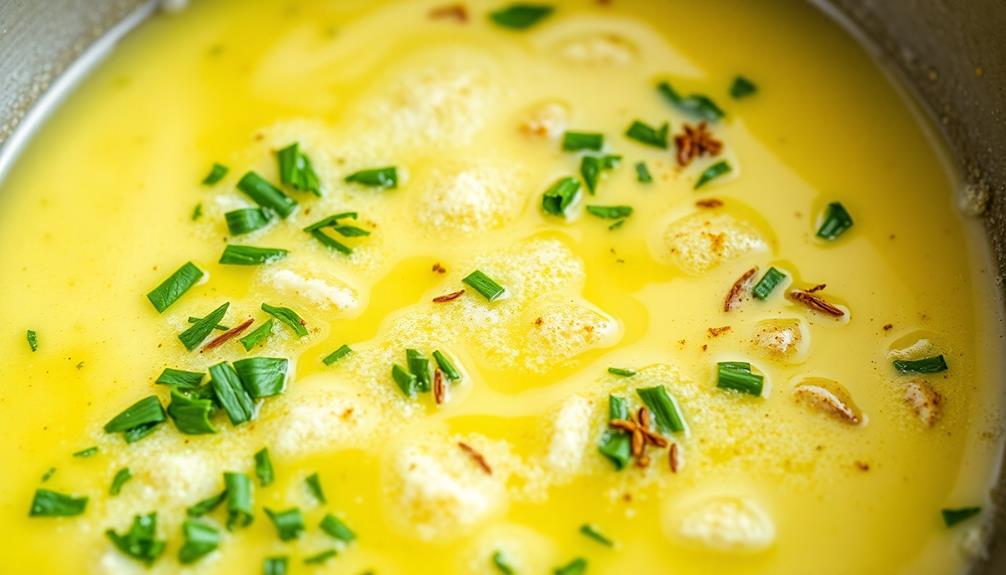
Balancing flavors and acidity in a butter sauce is essential for achieving a harmonious taste that complements your dish. When you create a butter sauce, you want it to enhance your ingredients without overpowering them. Here's how to find that perfect balance:
- Add acidity gradually: Start with a small amount of lemon juice, vinegar, or white wine. Taste as you go, and adjust until it brightens the sauce without making it sour.
- Incorporate complementary flavors: Consider the main ingredients of your dish. If you're working with seafood, a splash of citrus can elevate the flavors. For meats, a touch of balsamic vinegar can bring richness to the sauce.
- Season wisely: Don't forget the role of salt. It enhances flavors and can help tone down too much acidity. Be mindful of your salt levels; you can always add more, but it's tough to fix an overly salty sauce.
Infusing Herbs and Aromatics
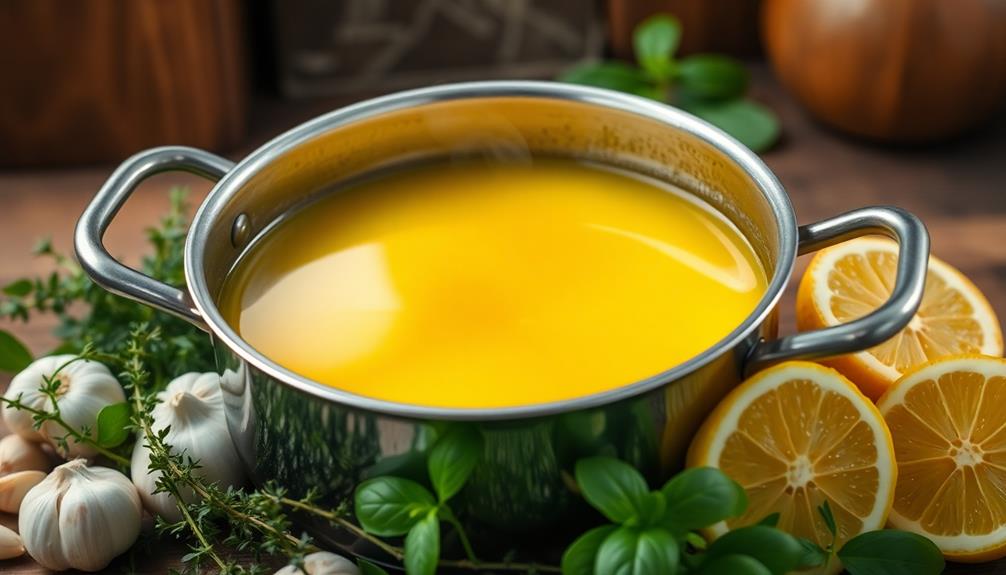
Infusing herbs and aromatics into your butter sauce can elevate its flavor profile, bringing depth and complexity to your dishes. Start by choosing fresh herbs like thyme, rosemary, or basil, as they offer vibrant flavors that can transform your sauce. Chop them finely to release their essential oils, and add them to melted butter over low heat. This gentle cooking allows the herbs to infuse their flavors without losing their freshness.
You can also enhance your butter sauce with aromatics like garlic or shallots. Sauté minced garlic in the butter until it's fragrant, but avoid browning it to prevent bitterness. Shallots add a sweet and mild onion flavor that complements the richness of the butter beautifully. Consider adding a sprig of bay leaf or a pinch of crushed red pepper flakes for an extra kick.
Remember to taste as you go; the goal is to achieve a balanced flavor. Once your sauce has reached the desired intensity, strain out any solids if you prefer a smooth finish.
Enjoy your expertly infused butter sauce drizzled over vegetables, pasta, or seafood, and watch as it takes your dish to the next level.
Common Mistakes to Avoid
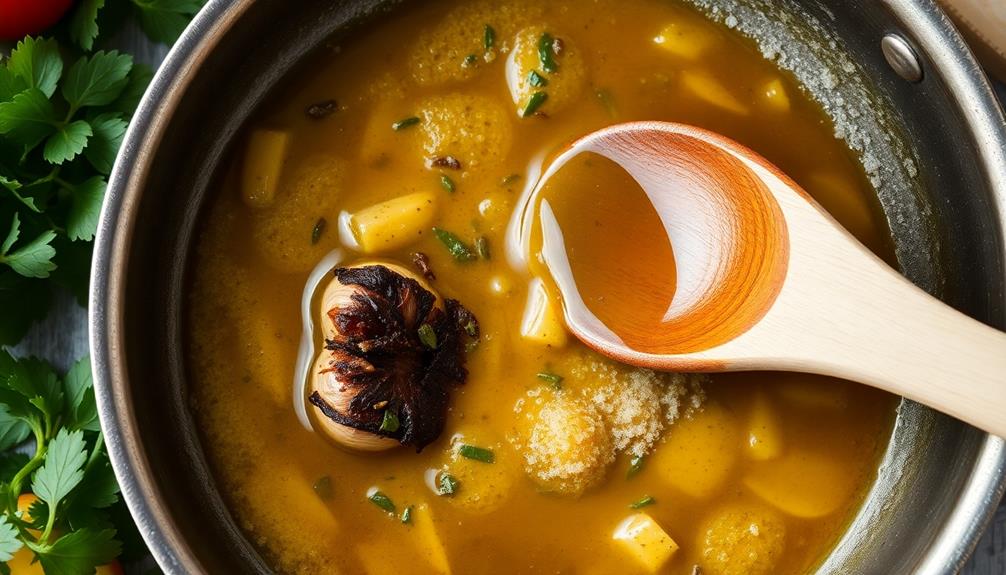
Many home cooks overlook some common pitfalls while preparing a butter sauce, which can lead to disappointing results. Avoiding these mistakes will help you create a rich, flavorful sauce that enhances your dishes.
- Overheating the Butter: It's essential to keep the heat low when melting butter. High temperatures can cause it to burn, resulting in a bitter taste. Always melt it gently and watch for browning.
- Neglecting to Add Seasoning: Butter on its own can be bland. Don't forget to season your sauce adequately. Incorporate salt, pepper, or even a splash of lemon juice to elevate the flavor.
- Rushing the Infusion Process: If you're infusing herbs or aromatics, be patient. Let them simmer in the melted butter for several minutes to fully release their flavors. Skipping this step can leave your sauce lacking depth.
Serving Suggestions and Pairings
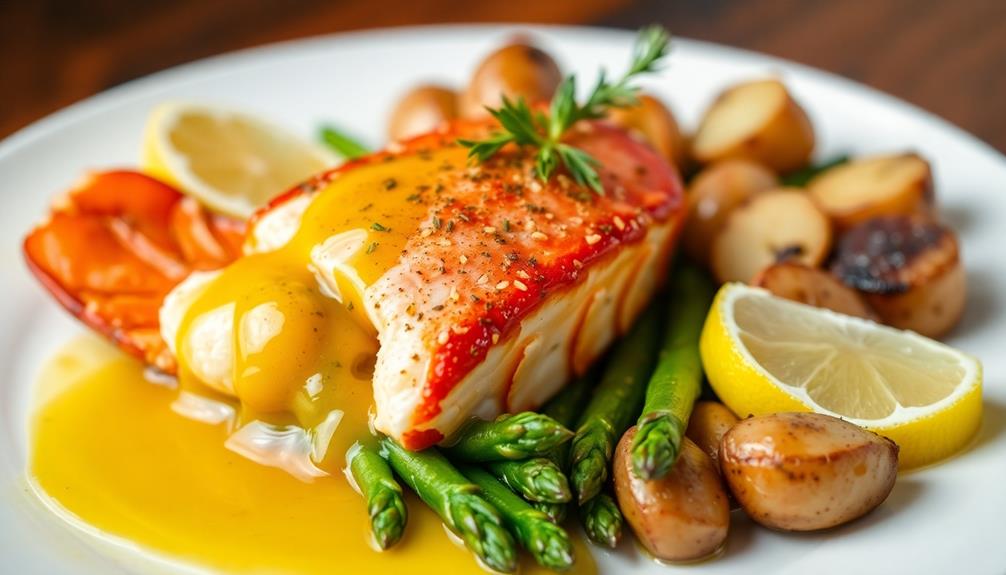
When it comes to serving butter sauce, there's no shortage of delicious possibilities. You can elevate your dishes by drizzling this rich sauce over perfectly cooked seafood, like lobster or scallops. The creamy texture and savory flavor complement the natural sweetness of the seafood beautifully.
For pasta lovers, tossing your favorite noodles in butter sauce creates a simple yet luxurious dish. Add some grated parmesan and fresh herbs for an extra layer of flavor.
Don't forget about vegetables! Roasted or steamed veggies, like asparagus or broccoli, come alive with a touch of butter sauce, making them irresistible.
You might also consider pairing butter sauce with grilled meats. A drizzle over chicken or steak enhances the dish, providing a velvety finish.
If you're feeling adventurous, try infusing your butter sauce with garlic, lemon, or herbs for a unique twist.
Frequently Asked Questions
Can I Use Margarine Instead of Butter for the Sauce?
Yes, you can use margarine instead of butter for your sauce. Just keep in mind that the flavor and texture might differ slightly. Experimenting will help you find the right balance for your taste.
How Long Does Butter Sauce Last in the Fridge?
When it comes to butter sauce, it's better to be safe than sorry. You can store it in the fridge for about a week. Just make sure to keep it tightly sealed for freshness!
Can I Freeze Butter Sauce for Later Use?
Yes, you can freeze butter sauce for later use. Just let it cool, transfer it to an airtight container, and freeze. When you're ready, thaw it in the fridge before reheating. Enjoy!
Is It Possible to Make a Vegan Butter Sauce?
You might wonder if a vegan butter sauce can truly satisfy your taste buds. Absolutely! By using plant-based ingredients like coconut oil or vegan butter, you can whip up a delicious sauce that's creamy and flavorful.
What Are Some Alternative Thickeners for Butter Sauce?
For thickening your sauce, consider using cornstarch, arrowroot, or even flour. You can also try puréed vegetables or nuts for a unique twist. These alternatives work well to achieve that desired consistency without compromising flavor.
Conclusion
Now that you've mastered the art of creating the perfect butter sauce base, imagine the rich, velvety sauce glistening on your plate, ready to elevate any dish. Picture the aroma of fresh herbs wafting through the air, teasing your senses as you prepare to serve. With every drizzle, you're not just adding flavor; you're crafting an experience. So, what will you pair it with? The possibilities are endless, and your culinary adventure is just beginning.
